Submitted Review
Adrian Doyle ‘Suburban Isolation’
You’ve probably seen Doyle’s work if you’ve ever wandered the streets of Melbourne. His high key colourful urban art murals don prominent walls, his name synonymous with street art. Infamously, he painted a whole laneway blue in a bold, widely condemned activation in 2013 enduring accusations of “buffing” the work of others. The guy has chutzpah and energy to burn. Here in his PhD presentation ‘Suburban Isolation’, he reveals a conflict that looks inward, albeit possibly subconsciously.
‘intersection of street and fine art’
So, Blender’s back. The shared studio space with experimental exhibition space Dark Horse Experiment has been a stalwart of street art in Melbourne for years. Now in a new building which, without coincidence, feels very much like the old one. There’s a deep-seated drive in Doyle’s work that continues to return to Blender, not just as space, but as subject. Here, not only has he recreated the physical studios, but he has also created a model of it as an artwork in ‘The Model Studio’ sculpture greeting us upon entry. It gets me thinking – is Blender Doyle’s masterpiece? Is this how he avoids suburban isolation, by building the family home he desires? A little clue is the spacetime that the sculpture inhabits. This is a snapshot of the new Blender just when COVID hit in April 2020 when lockdown forced the emptying of the artist studios. Leaving Doyle alone. The profundity of this moment impacted him enough to recreate (again) in miniature – Blender.
His portraiture of suburbia is cool, detached, yet familiar and unreal enough to feel out of reach. This Stepford Wives “otherness” of Australian suburbia has precedent in the work of Howard Arkley, Joanna Lamb, Darren Wardle. A suite of small paintings utilising acrylic and spray paint enamel on linen are pristine and pretty images of fairly spiffy big houses. The medium utilized is a conscious decision by the artist. It is his reference to street art (spray paint) needing to evolve conceptually to become fine art; what Doyle describes as his interest in the intersection of street and fine art, and that street art can only be genuinely itself out on the street. But to enter into the gallery, conceptual and intellectual investment is required. What with these pretty homes, the closed doors, impenetrable windows and the names? Skinner Household, Bouvier Household – The Simpsons references. A show the artist grew up with, set in suburbia, about family, and again I start to question, is this really a critique of suburban experience or is there a dream of belonging, aspiration that tends to come through? They are sweet, enjoyable studies, a bit cheeky and a little unnerving.
It is in the large works that the artist has the courage to share more openly the machinations that might run deep within him. In ‘The Three Sisters and ‘Suburban Isolation’ there is an intimacy that is touching on something I feel has not been fully explored as yet. This larger suite is doing interesting things, creating unexpected compositions, playing with technique, form, colour, and emotion. They are exposing tensions. There is a depth there requiring courage, and it feels like a rich pool with potential to develop further. More so, I think, than the literal ‘Mr Moneybags’, an obvious condemnation of the real estate profiteering racquet which now sees many Australians forever locked out of the home-owning dream promised to us if only we got a job and worked hard.
Empty Nursery Blue, a bespoke colour. It is Doyle’s self-proclaimed tag. It plays with the concept of street art being conceptual, of colour being a tag. It is the hue he painted the laneway 8 years ago and now an installation room called ‘The Pool Room’. A small room with mirrored walls, the sound of dripping water reaches you before you notice one wall is cascading liquid, pools of separated colour settle on the floor. What I love about this room is that the door doesn’t quite close – it wouldn’t be a Blender Studios installation if it was too pristine. The handmade is evident and beautifully flawed. You cannot escape yourself in a mirrored room. You cannot escape yourself in ‘The Pool Room’, even if you desperately wanted to. I immediately associate ‘The Pool Room’ with a short documentary I saw on Doyle. He spoke of losing his little brother to drowning in the family pool; how it was he who had left the gate unlocked. And I find myself standing there in the middle of Empty Nursery Blue, looking at that door permanently ajar.
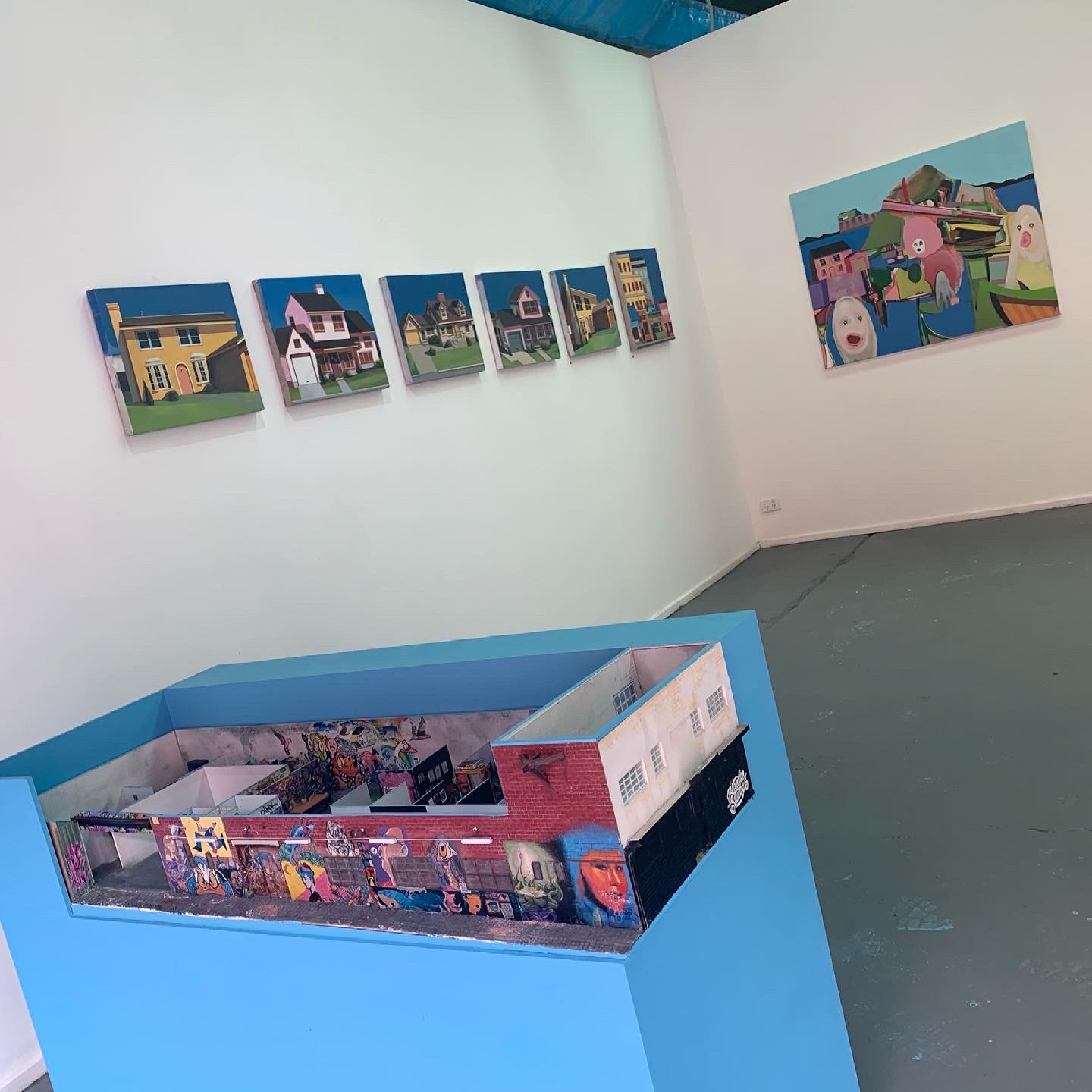
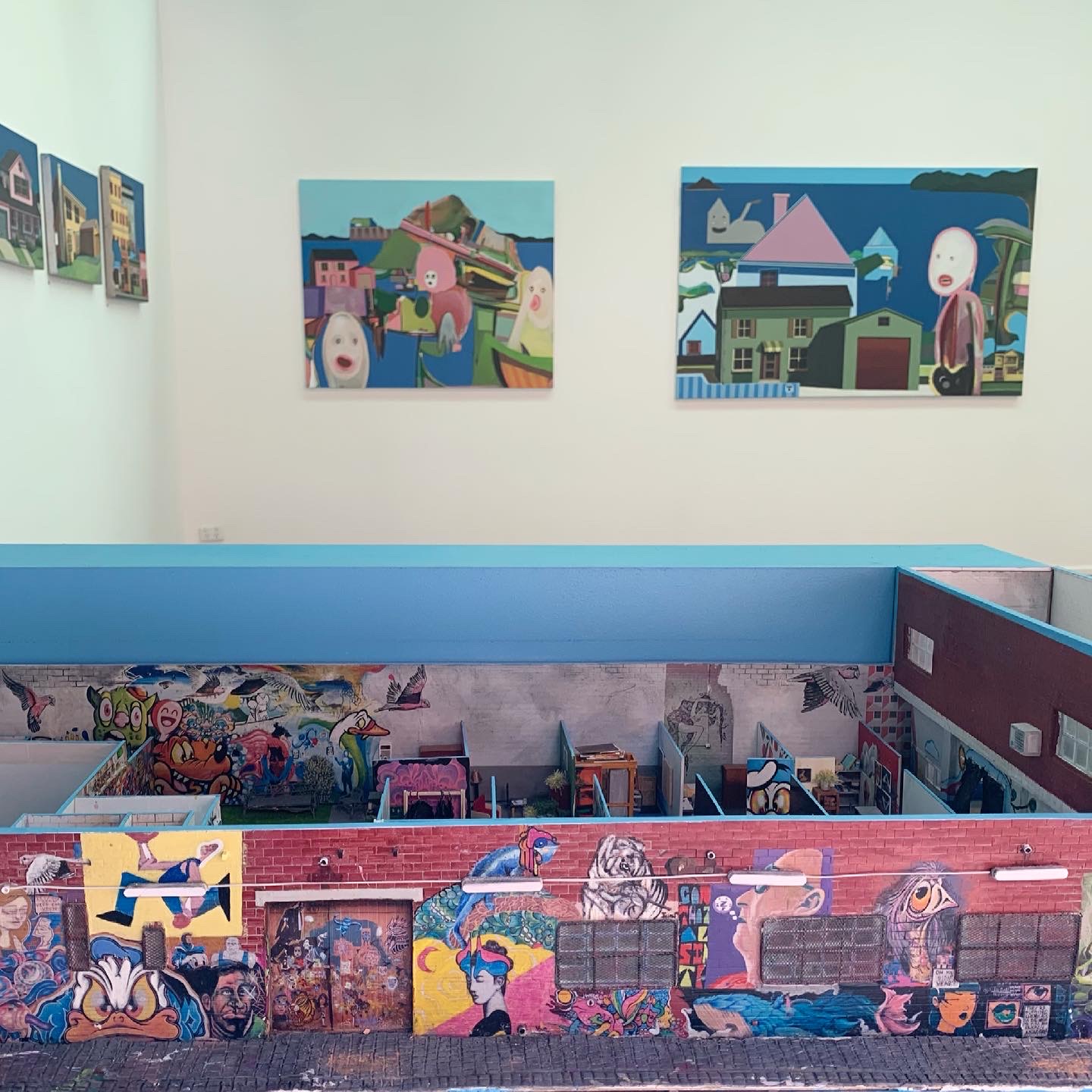
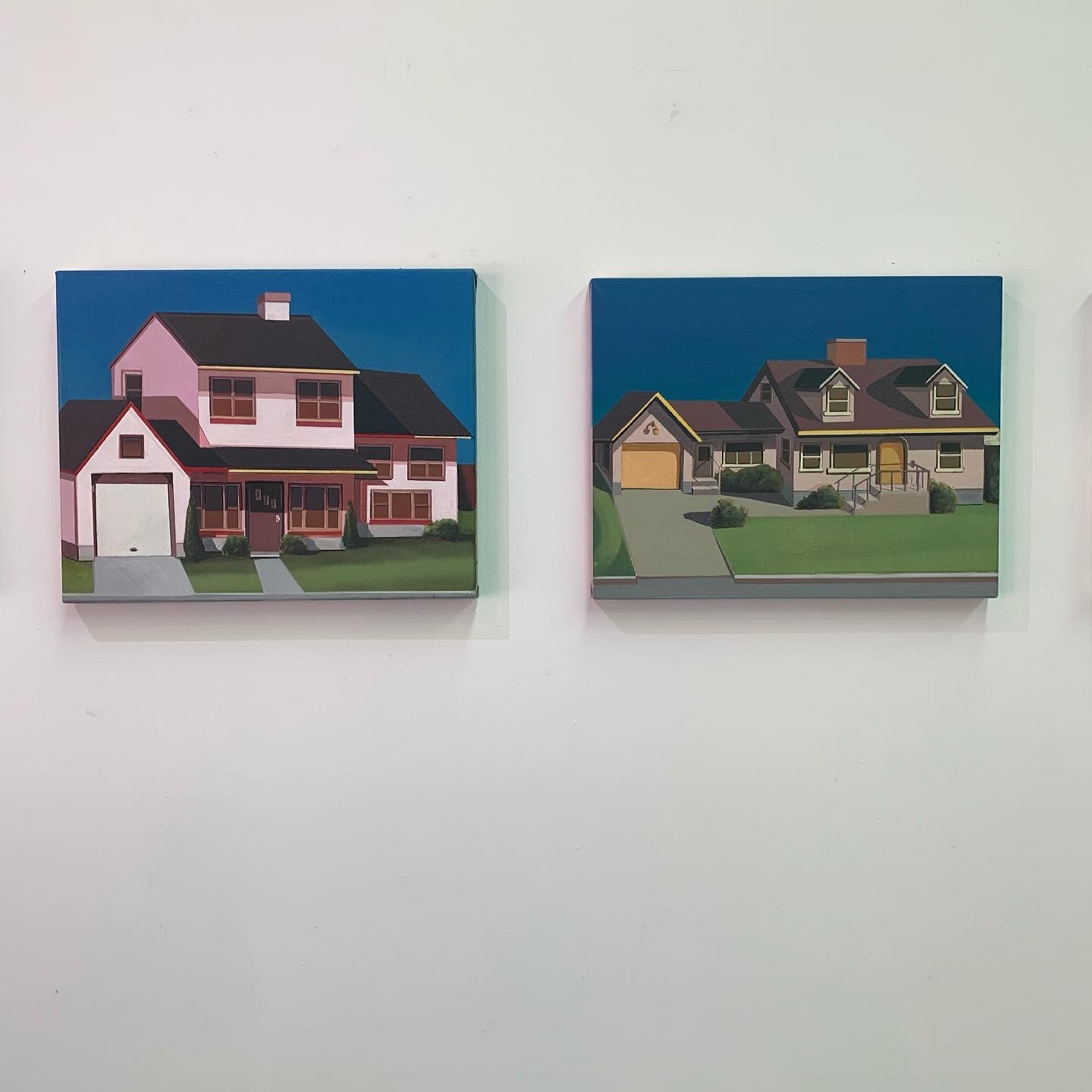
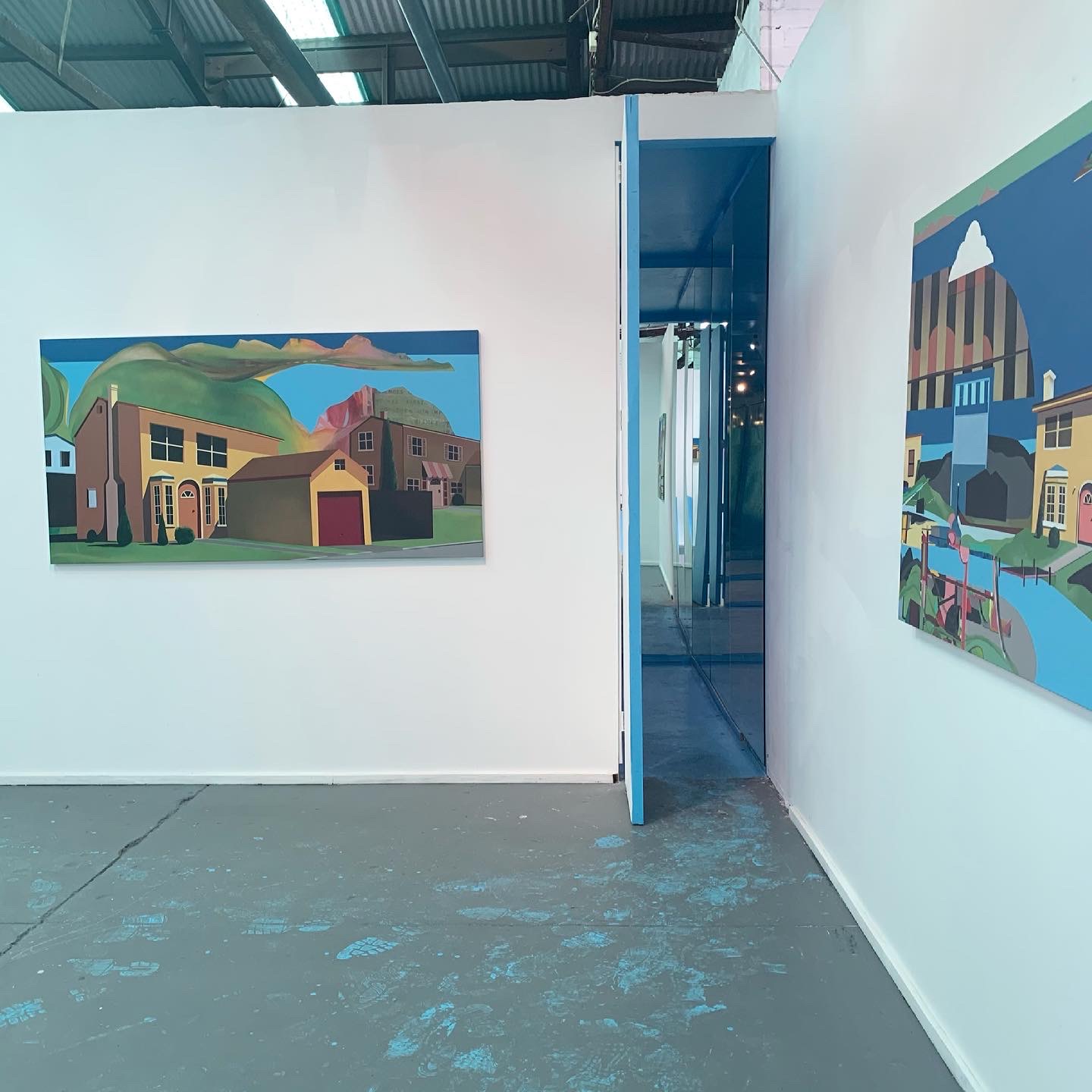
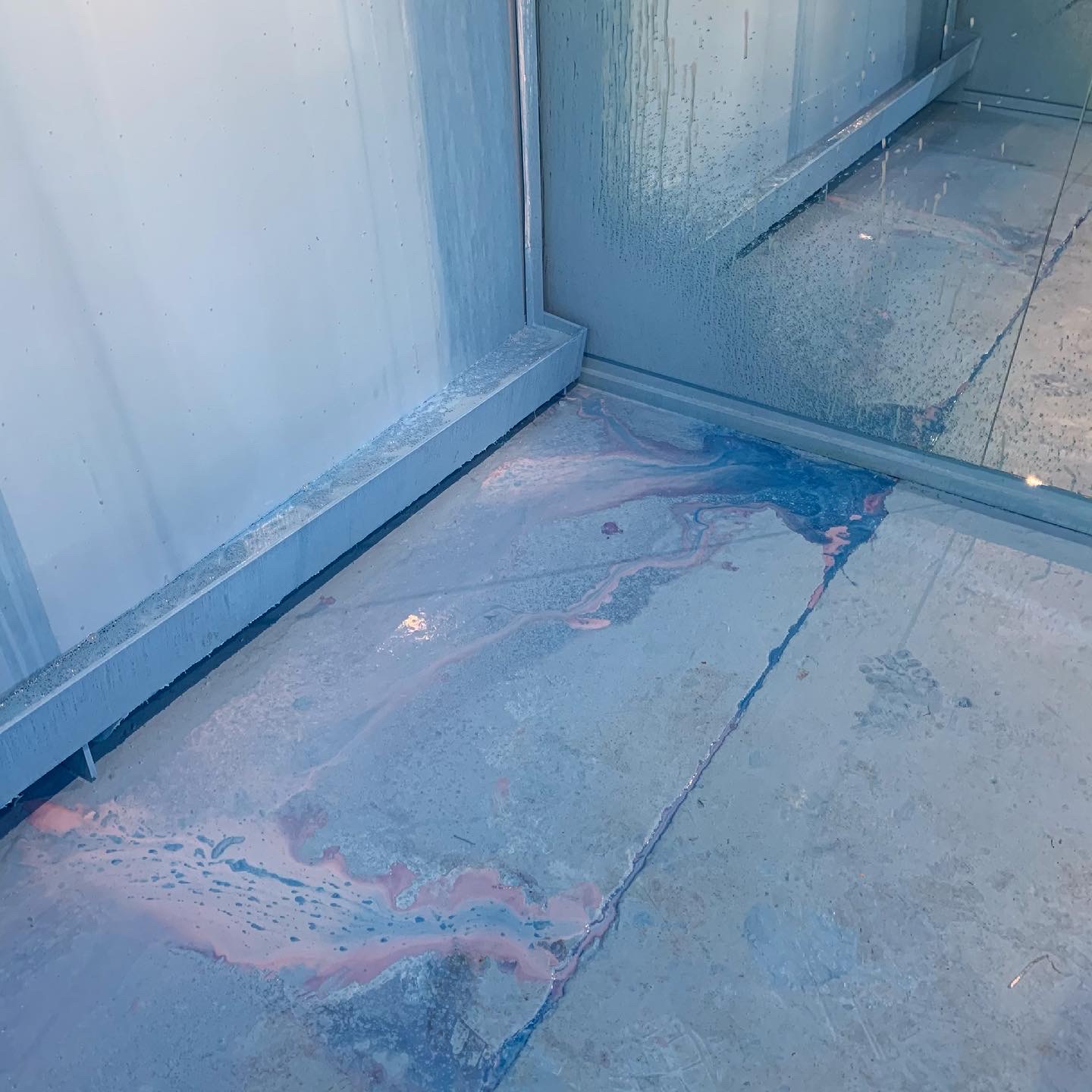
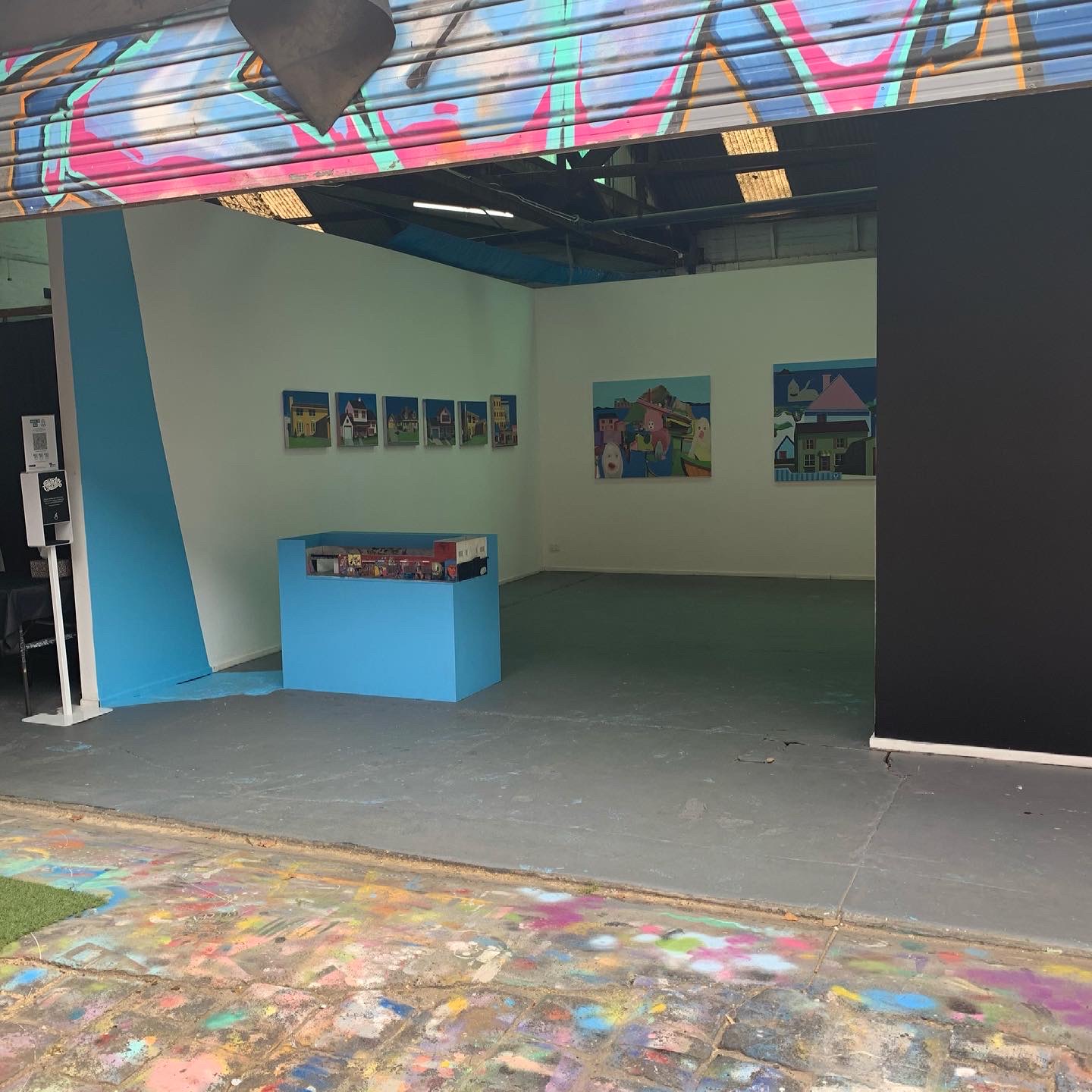
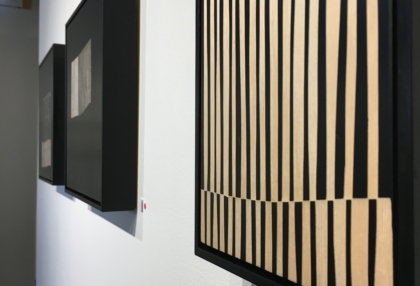
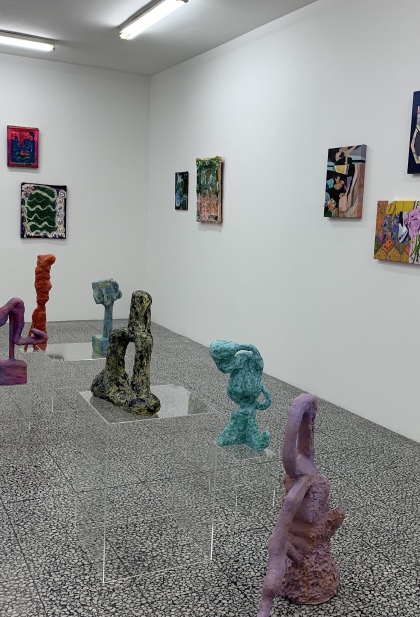
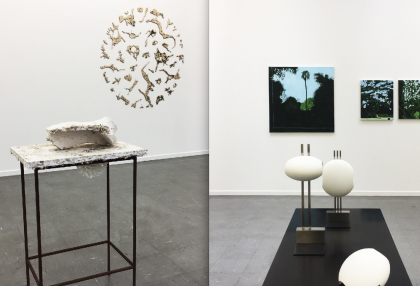
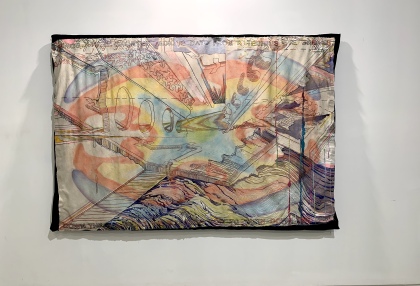
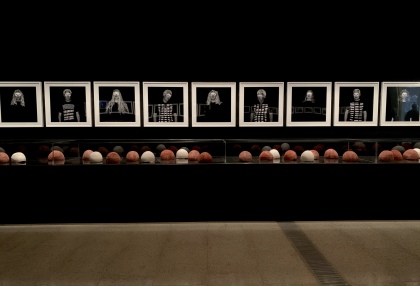
No Comments